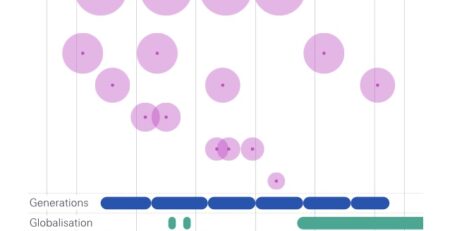Early Retirement Provision for Elderly Displaced Workers
By Herman Kruse & Andreas Steinvall Myhre
This paper studies the economic effects on re-employment and program substitution behavior among elderly displaced workers who exogenously lose eligibility for their early retirement option. We use detailed Norwegian matched employer-employee data containing information on bankruptcy dates and individual income, wealth, pensions and social security benefits. As job displacement before a certain age cut-off results in the loss of eligibility for early retirement benefits between ages 62–67 years in Norway, we are able to use a credible regression discontinuity design to identify causal effects. We find that re-employment rates are indistinguishable between workers who just retain eligibility for early retirement benefits and those who just do not. Meanwhile, those who lose eligibility offset 69% of their lost benefits through take-up of other social security benefits, where 51 percentage points comes from disability insurance and 13 percentage points from unemployment insurance. Applying the Baily-Chetty formula for optimal social security provision, we show that even relatively low levels of risk aversion would be sufficient for the ER program to be welfare improving.
Source @SSRN











